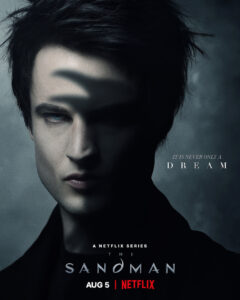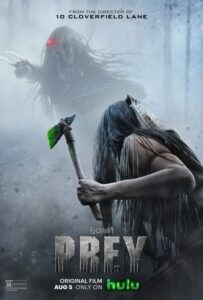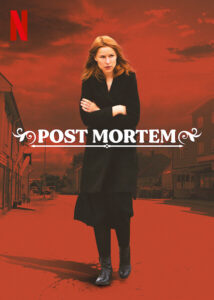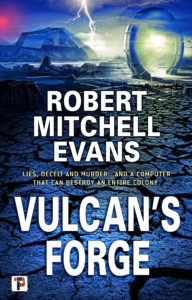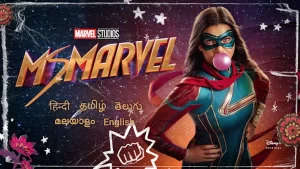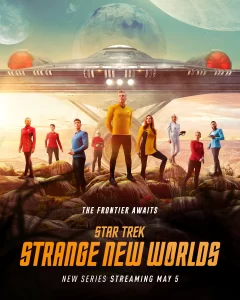Sorry for the lack weekday updates this week. Tuesday evening, I got to experience something new to me, a gout flare. Wednesday was spent in quite a bit of pain and many hours at the kaiser Urgent Care, and by Thursday night it had nearly all passed. So now when I watch the musical 1776 and Franklin is wishing that King George felt like his big toe, but all over, I fully understand the kevel vitriol he is throwing in the crown’s direction.
Last night my sweetie-wife and I completed the Netflix series adaptation of Gaiman’s The
Sandman. The 10-episode series follows Dream/Morpheus (Tom Sturridge) one of the Endless, personifications of enduring concepts interregnal to humanity. Morpheus is the Lord of Dreams and some of the other Endless are Death, Desire, and so on. Following a century long imprisonment when human sorcerers were attempting to capture Death, Morpheus embarks upon a quest to reclaim stolen items of power, rebuild his decayed kingdom of The Dreaming, and recapture escaped nightmares of major Arcana who has in his absence troubled the waking world.
I have never read the original Comic run from which the series is adapted and as such I cannot speak to the quality of transformation but merely react as it is currently presented.
I like the show. It’s fantastic elements meld with the reality of the ‘waking’ world quite nicely and rarely does the show lose itself in deep lore and heavy bouts of exposition. (Always a tricky balancing act with genre fiction.) The cast Are quite engaging and well placed in their parts. (There has been controversy over the gender-flipping nature of some of the parts but I found no issues with any of the cast.) Sturridge had a particularly difficult task; he is the show’s lead and central character, and he must carry the show while playing a withdrawn and more silent than not personification. The part required that subtle tics and posture inform the audience to the character’s inner turmoil and crisis a challenge that Sturridge proved equal to.
The story slides easy between sweet fantasy and disturbing horror, particularly in episode 5 which centers on the horrific events over a single day and night in a diner where a troubled man lifts the veil of lies that often makes life bearable to terrible consequences.
Over all the series is well worth a watch and here’s hoping that it is successful enough for Netflix to engage another season.
